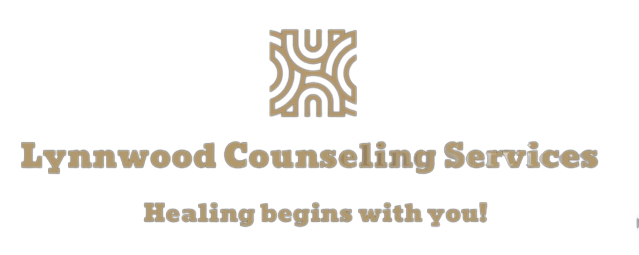Adolescence is a critical period for development, but it can also be a time when some young people experiment with substances, potentially leading to substance use disorders. If you’re a parent, guardian, or concerned individual looking for adolescent substance use treatment near you, knowing where to start and what to look for is essential. I will guide you through the process, offering resources and tips to help you find the right treatment for adolescents in need.
Understanding Adolescent Substance Use
Substance use during adolescence can significantly impact physical, emotional, and cognitive development. Commonly used substances among teenagers include alcohol, marijuana, prescription medications, and other illicit drugs. Early intervention is crucial to prevent the progression of substance use into adulthood and to address any underlying issues contributing to the behavior.
Identifying the Need for Treatment
Recognizing the signs of substance use in adolescents can be challenging. Here are some indicators that may suggest the need for professional help:
- Changes in Behavior: Sudden changes in behavior, such as increased secrecy, withdrawal from family and friends, or a decline in academic performance.
- Physical Symptoms: Unexplained weight loss, red or glassy eyes, frequent nosebleeds, or unusual smells on breath or clothing.
- Emotional Changes: Mood swings, irritability, depression, or anxiety.
- Substance Use Evidence: Finding substances or paraphernalia, such as pipes, rolling papers, or empty containers.
Finding Adolescent Substance Use Treatment Near Me
When searching for adolescent substance use treatment, consider the following resources and tips to ensure you find the best possible care:
1. Local Healthcare Providers
Start by consulting with local healthcare providers, such as pediatricians, family doctors, or school counselors. They can offer recommendations and referrals to specialized substance use treatment programs for adolescents.
2. Online Directories
Online directories can help you locate treatment centers and professionals in your area. Websites such as the Substance Abuse and Mental Health Services Administration (SAMHSA) provide comprehensive directories of treatment facilities and programs.
3. School Resources
Many schools have resources and programs in place to support students struggling with substance use. School counselors, psychologists, and social workers can provide valuable guidance and referrals.
4. Community Health Organizations
Community health organizations and local non-profits often offer substance use treatment programs tailored to adolescents. These organizations may provide outpatient services, counseling, and support groups.
5. National Helplines
National helplines can provide immediate assistance and connect you with local resources. The SAMHSA National Helpline (1-800-662-HELP) offers confidential support and information on treatment options.
Tips for Choosing the Right Treatment Program
Once you’ve identified potential treatment options, consider the following tips to choose the best program for the adolescent in need:
1. Accreditation and Licensing
Ensure the treatment program is accredited and licensed by relevant authorities. This ensures the program meets specific standards of care and professionalism.
2. Specialized Adolescent Programs
Look for programs that specialize in treating adolescents. These programs are more likely to address the unique developmental and emotional needs of young people.
3. Comprehensive Treatment Approach
A comprehensive approach to treatment should include medical, psychological, and social support. Programs that offer individual therapy, group therapy, family counseling, and educational support can provide well-rounded care.
4. Evidence-Based Therapies
Ensure the program utilizes evidence-based therapies, such as Cognitive Behavioral Therapy (CBT), Dialectical Behavior Therapy (DBT), and Motivational Interviewing (MI). These therapies have been proven effective in treating substance use disorders.
5. Family Involvement
Family involvement is crucial in adolescent substance use treatment. Programs that encourage family participation and offer family therapy can strengthen the support system and improve treatment outcomes.
6. Aftercare and Support
Successful treatment extends beyond the initial program. Look for programs that offer aftercare and ongoing support to help adolescents maintain their recovery and prevent relapse.
Finding the right adolescent substance use treatment is a critical step in supporting young people struggling with addiction. By utilizing local resources, seeking specialized programs, and ensuring a comprehensive and evidence-based approach, you can help adolescents on their path to recovery. Remember, early intervention and support can make a significant difference in the lives of young individuals, setting them on a healthier and more positive trajectory.
To learn more about counseling services, contact us today.
